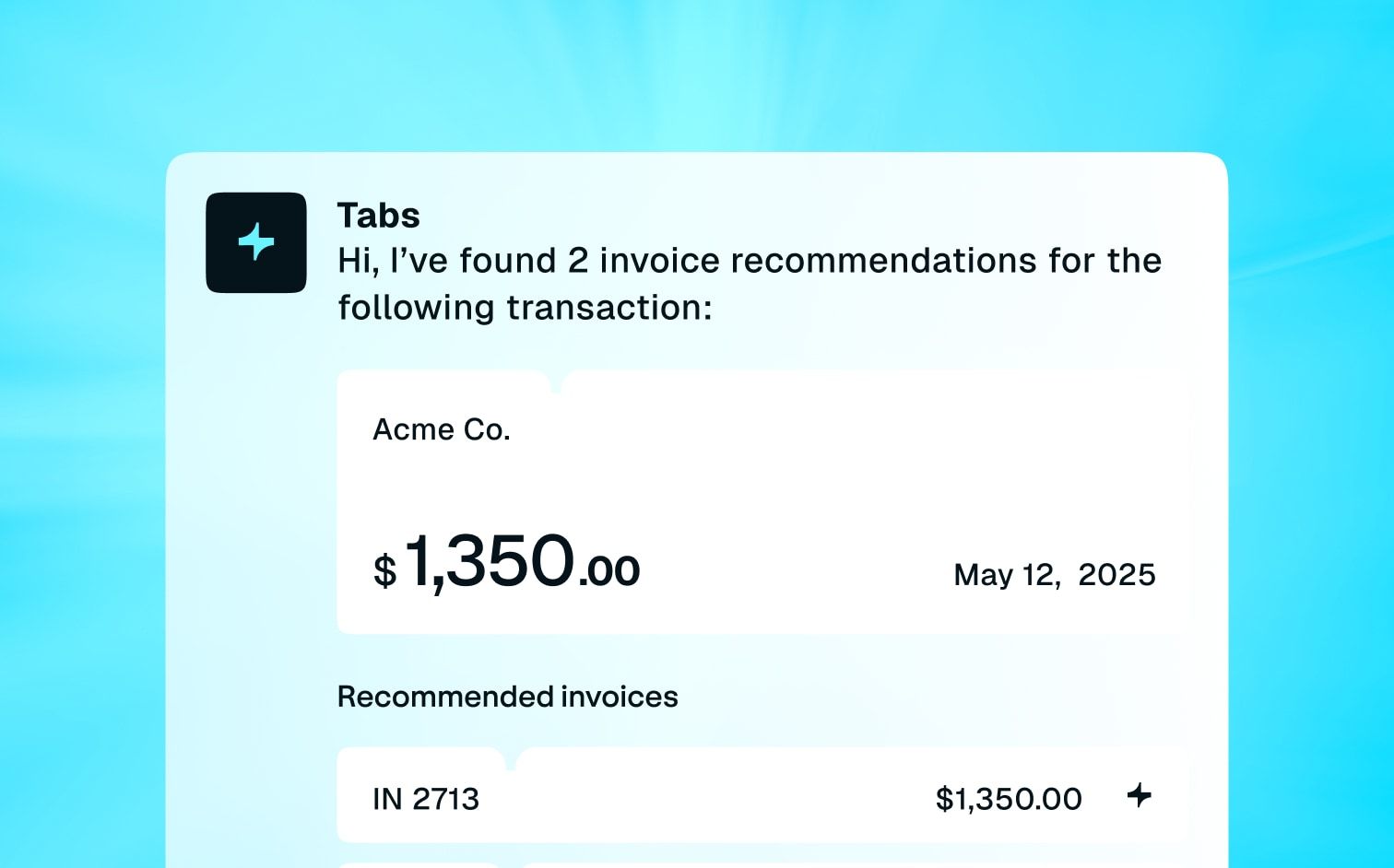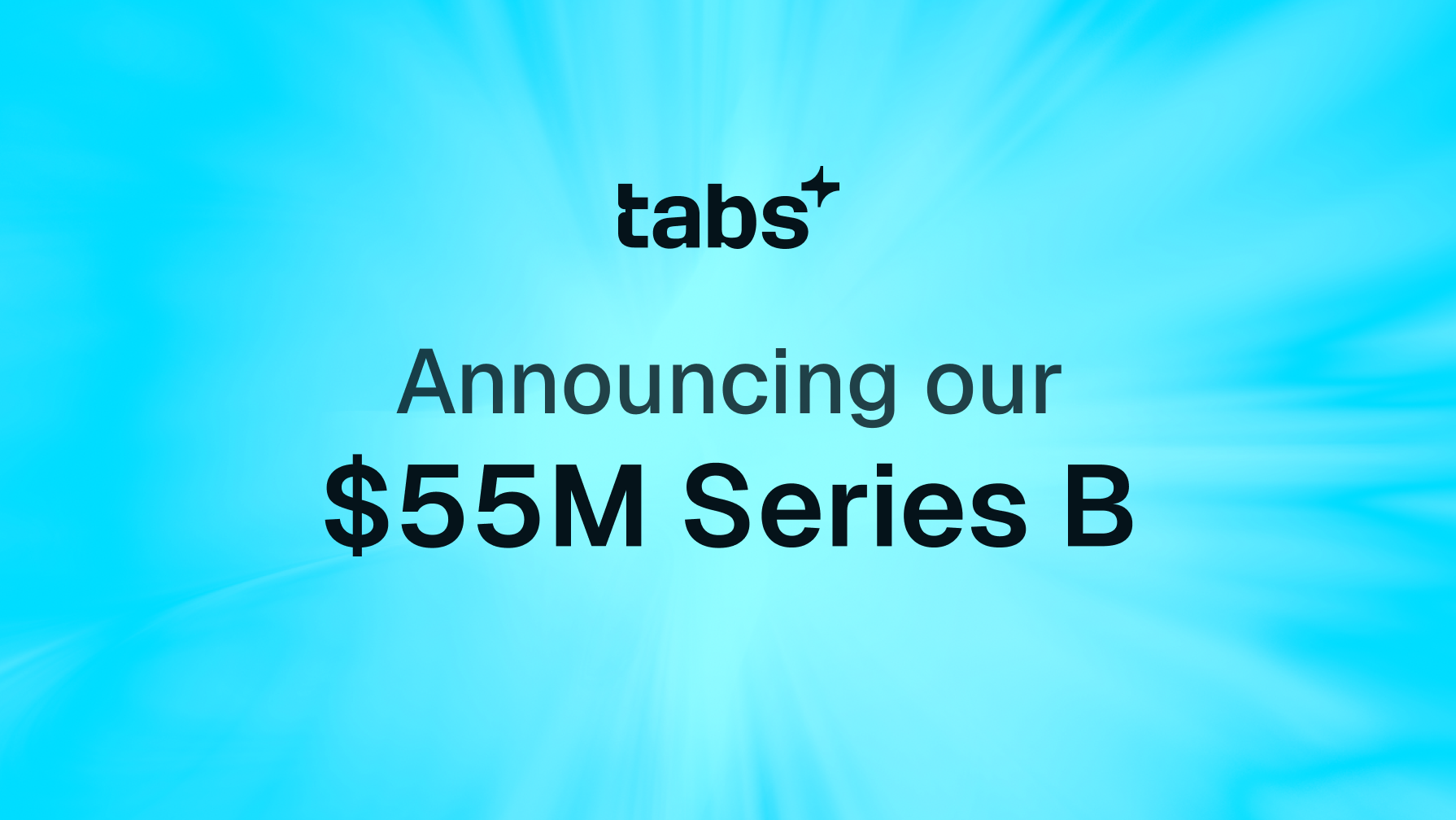With a value-based pricing strategy, you set prices based on the perceived value a product or service provides to your customers rather than on production costs or competitor prices. This approach differs from cost-plus pricing (which adds a markup to the cost of producing the product) and competition-based pricing (which sets prices based on what your competitors charge).
Theoretical Foundations of Value-Based Pricing
At its core, value-based pricing comes from the economic concepts of perceived value, willingness to pay, and price elasticity.
- Perceived Value: Refers to how much your customer believes a product or service is worth to them. It's subjective and can vary from person to person, depending on the unique benefits they think they will gain, such as increased efficiency, cost savings, or improved outcomes.
- Willingness to Pay: The maximum price your customer is willing to pay for a product based on their perceived value. If the perceived value is high, your customer is generally willing to pay more.
- Price Elasticity: Measures how sensitive demand is to changes in price. If demand remains high even when prices go up, the product is said to be inelastic. This often applies to products with high perceived value and few substitutes.
- Differentiation: By offering unique features, exceptional customer service, or specialized expertise, you can increase the perceived value of your product compared to competitors, justifying premium pricing.
Value-based pricing is about seeing things from the customer's perspective and building pricing strategies around the value the customer believes they are getting, not just what the product costs to produce or what your competitors are charging.
Step-by-Step Implementation of a Value-Based Pricing Strategy
Here's a step-by-step guide to implementing a value-based pricing strategy at your B2B SaaS company.
1. Conduct Comprehensive Market Research
Imagine you're a detective trying to solve the mystery of understanding your target market inside and out. Start by gathering clues about your ideal customers. What industries are they in? What size companies do they work for? What challenges keep them up at night?
To crack the case, you might send out surveys, conduct interviews, or even shadow customers to see how they work. For example, if you're targeting HR managers, you might attend an HR conference to learn about their pain points and hear what solutions they're looking for.
2. Segment and Target Your Potential Customers
Once you know your market, divide it into distinct segments based on common characteristics, such as company size, industry, or use case. Prioritize the segments that align best with your product's value proposition. For instance, you may find that midsize e-commerce companies have the greatest need for your inventory management software and are willing to pay a premium for it.
3. Develop Pricing Models
Next, identify the key value metrics that matter most to each segment, such as cost savings, time savings, or revenue growth. Quantify the value your product delivers based on these metrics and create pricing tiers or packages that align with the value provided. For example, you could offer a basic package for small businesses that focuses on core features and a more advanced package for enterprises that includes premium support and integrations.
4. Communicate Value
Craft messaging that clearly explains your product's value proposition and highlights the specific benefits and ROI for each target segment. Ensure that this value communication is consistent across all touchpoints, including your website, sales collateral, and product demos. For instance, when targeting healthcare providers, emphasize how your software helps improve patient outcomes and streamlines clinical workflows.
5. Test and Validate
Before you fully commit to your new pricing strategy, it's wise to test the waters.
For example, you might offer a free trial of your premium package to a select group of customers in exchange for detailed feedback. Or, you could A/B test different pricing page designs to see which one drives more conversions.
6. Iterate and Optimize
Based on the results of your pricing experiments, make data-driven adjustments to your pricing strategy. Continuously gather customer feedback, monitor market trends, and be prepared to adapt your pricing as needed.
7. Achieve Organizational Alignment
Finally, make sure that your entire organization aligns with the value-based pricing strategy. Provide training and resources to help team members effectively communicate your product's value to customers. Align incentives and compensation structures with the value-based approach to encourage a focus on customer success and value delivery.
By following these steps and thinking creatively, you can craft a value-based pricing strategy that resonates with customers and drives growth for your B2B SaaS business.
Case Studies and Industry Examples
Adobe Creative Cloud
Industry: Software
Adobe has successfully implemented a value-based pricing strategy by focusing on the value its products provide to creative professionals.
Adobe Creative Cloud offers multiple subscription plans that cater to the specific needs of different types of customers:
- Individual Plans: These plans are good for freelancers, solo creatives, and enthusiasts who require access to Adobe's creative tools for personal or professional use.The Photography plan is priced lower than the All Apps plan, as it targets customers who only need specific tools.Single app plans allow customers to subscribe to one specific application, such as Illustrator or InDesign, at a lower price point. This caters to customers who specialize in a particular creative field and don't need access to the entire Creative Cloud suite.
- Team and Enterprise Plans: These plans are for small to large businesses and organizations that require collaborative features, enhanced security, and additional support.Adobe labels its Creative Cloud All Apps plan as the best value for its additional features like centralized license management, enhanced technical support, and increased cloud storage. This plan is priced higher than individual plans, reflecting the added value provided to teams and small businesses.The Education plans are for schools and universities with complex needs. Plans include per named-user license, per student pack, and more. The pricing for these plans is customized based on the specific needs of each organization, reflecting the higher value delivered.
By offering different subscription plans, Adobe aligns its pricing with the value each customer segment derives from its products. Solo creatives and freelancers can choose plans that fit their specific needs and budget, while teams and enterprises can access additional features and support that justify higher prices.
Adobe also offers discounts for students and teachers, recognizing the needs and budget constraints of the education sector. This segmented approach to pricing demonstrates Adobe's commitment to aligning its pricing with the values and needs of different customer groups.
McKinsey
Industry: Professional Services
McKinsey, a global management consulting firm, is known for its expertise in solving complex business problems and helping clients achieve substantial improvements in performance.
McKinsey's pricing is based on the value it delivers to clients and not solely on the time and resources invested in a project. This company works closely with clients to understand their challenges, goals, and the potential impact of their work. This allows McKinsey to quantify the value their services can provide, such as increased revenue, cost savings, or improved market share.
The company segments its clients based on factors like industry, company size, and the complexity of the engagement. Clients receive customized pricing proposals that align with the value delivered to each client segment. For example, a large-scale transformation project for a Fortune 500 company would be priced differently than a more targeted engagement for a mid-sized firm.
McKinsey also invests heavily in thought leadership and marketing efforts that showcase its expertise and the results it helps clients achieve. By consistently communicating the value provided, McKinsey can justify premium pricing and differentiate itself from competitors.
In both examples, the key to successful value-based pricing lies in understanding the unique needs and values of the target customers, developing tailored solutions that align with those values, and effectively communicating the delivered value to justify premium pricing.
Comparing Value-Based Pricing With Other Strategies
So, how exactly does value-based pricing differ from other strategies? Let's take a look.
Value-Based Pricing vs. Cost-Plus Pricing
Imagine you're selling a software product that helps businesses automate their social media marketing. With cost-plus pricing, you'd calculate your expenses (like development costs and overhead) and add a fixed profit margin on top. So, if your costs are $50 per unit and you want a 20% profit margin, you'd price your product at $60.
While this approach ensures you cover your costs, it doesn't consider how much customers are willing to pay based on the value they perceive. If your social media automation tool helps businesses save hours of manual work and drive more sales, it could be worth much more than $60 to them.
With value-based pricing, you'd focus on understanding and quantifying the benefits your product provides. You might discover that customers are willing to pay $200 per month because of the time and money your tool saves them. By pricing based on value, you can capture a larger portion of the revenue potential while still providing a strong return on investment for your customers.
Value-based pricing also gives you more flexibility to segment your market and offer tailored pricing plans. You could have a basic plan for small businesses at $100 per month and a premium plan with advanced features for larger companies at $500 per month. This allows you to align your pricing with the value each segment receives, maximizing both customer satisfaction and revenue.
Integrating Value-Based Pricing With Other Strategies
Value-based pricing can work well alongside other pricing strategies like penetration pricing and price skimming, depending on your business goals and market conditions.
Penetration Pricing
Penetration pricing involves setting a low initial price to quickly gain market share and attract customers. This can be useful when launching a new product or entering a crowded market. Once you've established a customer base, you can gradually raise prices to better reflect the value you provide.
For example, suppose you're launching a new project management software. In that case, you might offer a limited-time promotional price of $10 per month to attract users and generate buzz. As more people experience the value of your product and your brand gains recognition, you can transition to value-based pricing, offering tiered plans that align with the needs of different customer segments.
Price Skimming
Price skimming involves setting a high initial price for a new product and then lowering it over time. This strategy can work well for innovative products with a clear value proposition and limited competition. By starting with a high price, you can capture the most value from early adopters who are willing to pay a premium.
Imagine you've developed a groundbreaking AI-powered design tool that dramatically speeds up the creative process. You could start with a high price of $500 per month, targeting professional designers and agencies who value the time savings and quality improvements your tool provides. As more competitors enter the market and your customer base grows, you can lower your prices to attract a broader range of users while still maintaining a value-based approach.
The key is to continually monitor market conditions, gather customer feedback, and adjust your pricing strategy as needed. By combining value-based pricing with other techniques like penetration pricing or price skimming, you can effectively respond to market demands, maximize revenue, and build long-term customer relationships.
Remember, the most successful pricing strategies are those that prioritize customer value while remaining flexible and adaptable. By keeping your customers' needs at the forefront and communicating your value clearly, you'll be well on your way to implementing a pricing strategy that drives growth and success for your business.
The Future of Value-Based Pricing
Consider the outlook of value-based pricing and how it might evolve in response to changing consumer behavior, technological advancements, and the growing role of digital transformation and data analytics.
The Rise of Personalization
Consumers like personalized experiences, so it's expected that value-based pricing will evolve to offer even more tailored pricing options. With the help of advanced data analytics and artificial intelligence, you can gain deeper insights into individual customer preferences, behaviors, and willingness to pay.
Imagine a subscription-based streaming service that analyzes a user's viewing history, engagement patterns, and demographic data to offer a customized pricing plan. The service could recommend a premium tier with exclusive content tailored to the user's interests or a discounted bundle that combines their favorite genres. By leveraging data to understand each customer's unique value perception, you can optimize their pricing strategies to drive loyalty and maximize revenue.
The Shift Toward Outcome-Based Pricing
Instead of charging based on traditional metrics like hours worked or units sold, you can increasingly tie your prices to the tangible results they deliver for your clients.
For example, a marketing agency could offer a performance-based pricing model where they charge a percentage of the increased revenue they generate for their clients. This approach aligns the agency's interests with their clients' goals and demonstrates the value they provide in concrete terms.
As more businesses adopt value-based pricing, expect to see a shift toward outcome-based models that prioritize measurable results and shared success. This will require a deep understanding of each client's unique objectives and a commitment to delivering quantifiable value.
The Impact of Digital Transformation
Digital transformation is already reshaping the way businesses operate, and it'll have a profound impact on the future of value-based pricing. As companies digitize their processes and leverage advanced analytics tools, they gain access to a wealth of data that can inform their pricing decisions.
For instance, a software company that offers a cloud-based project management tool could use machine learning algorithms to analyze usage patterns, feature adoption, and customer feedback. This data could help them identify which features are most valuable to different customer segments and adjust their pricing plans accordingly.
By harnessing the power of digital transformation, you can continuously refine your value-based pricing strategies to stay aligned with evolving customer needs and market conditions.
The Importance of Transparency and Trust
Customers appreciate it when you're straightforward. More and more teams will expect clear communication about how prices are determined and what value they can expect in return.
Businesses that prioritize transparency and build trust with their customers will be well-positioned to succeed in a value-based pricing landscape. This may involve sharing case studies, ROI calculators, or other tools that help customers understand the tangible benefits they can expect from a product or service.
How Tabs Can Get You Ahead
Tabs’ AI-powered platform can support the future of value-based pricing by enabling personalized pricing, outcome-based models, digital transformation, and transparency. By leveraging AI to streamline the contract-to-cash process and provide real-time insights, Tabs can help you adapt to market changes, deliver exceptional value to customers, and drive long-term success in a changing business landscape.
Concluding Thoughts
Value-based pricing is excellent because it aligns prices with customer-perceived value and leads to increased revenue, customer satisfaction, and loyalty. Of course, it requires deep customer understanding, continuous market research, and organizational alignment to execute properly.
Integrating value-based pricing into a broader business strategy involves placing customer value at the core of all your decisions, from product development to marketing and sales. By consistently delivering and communicating value, you can differentiate your business, build strong customer relationships, and achieve a sustainable competitive advantage in your market.





